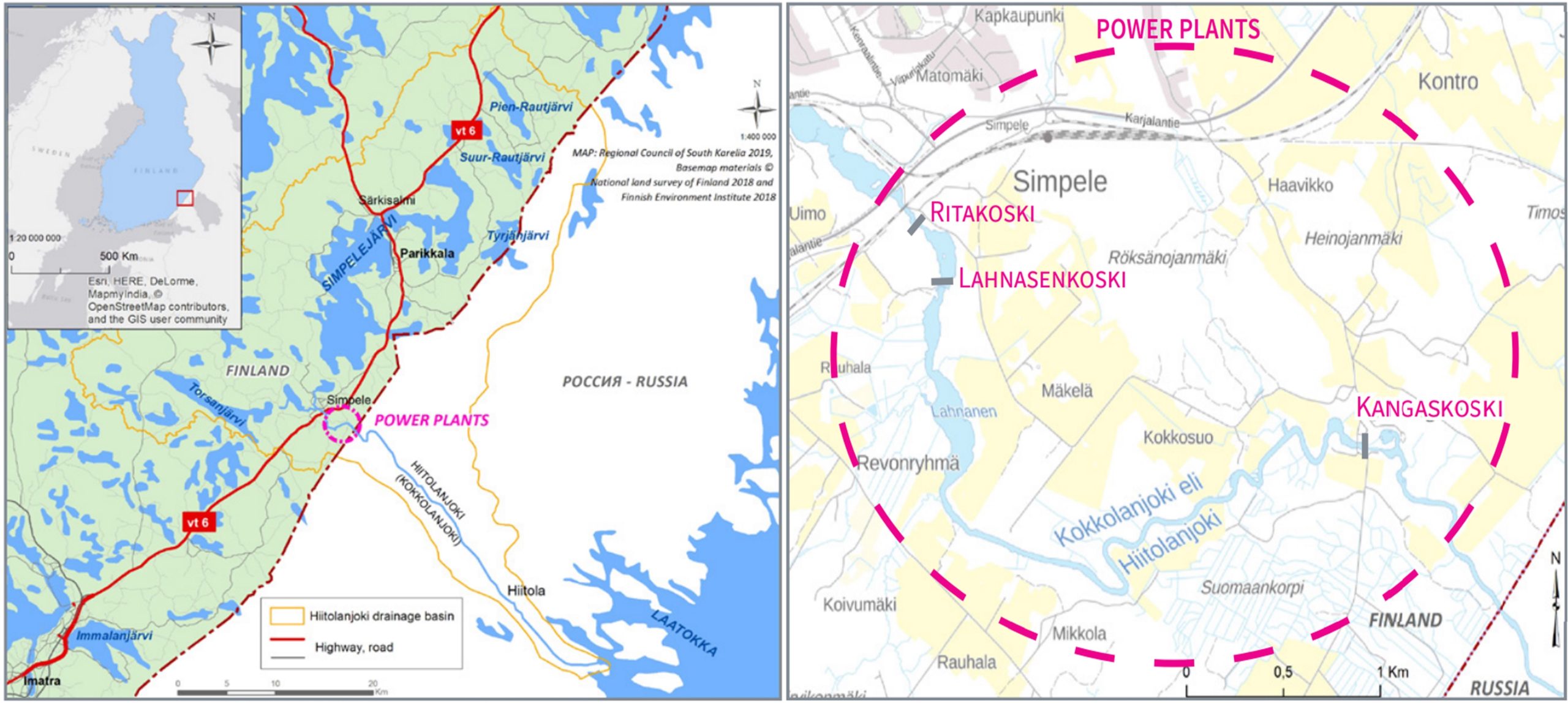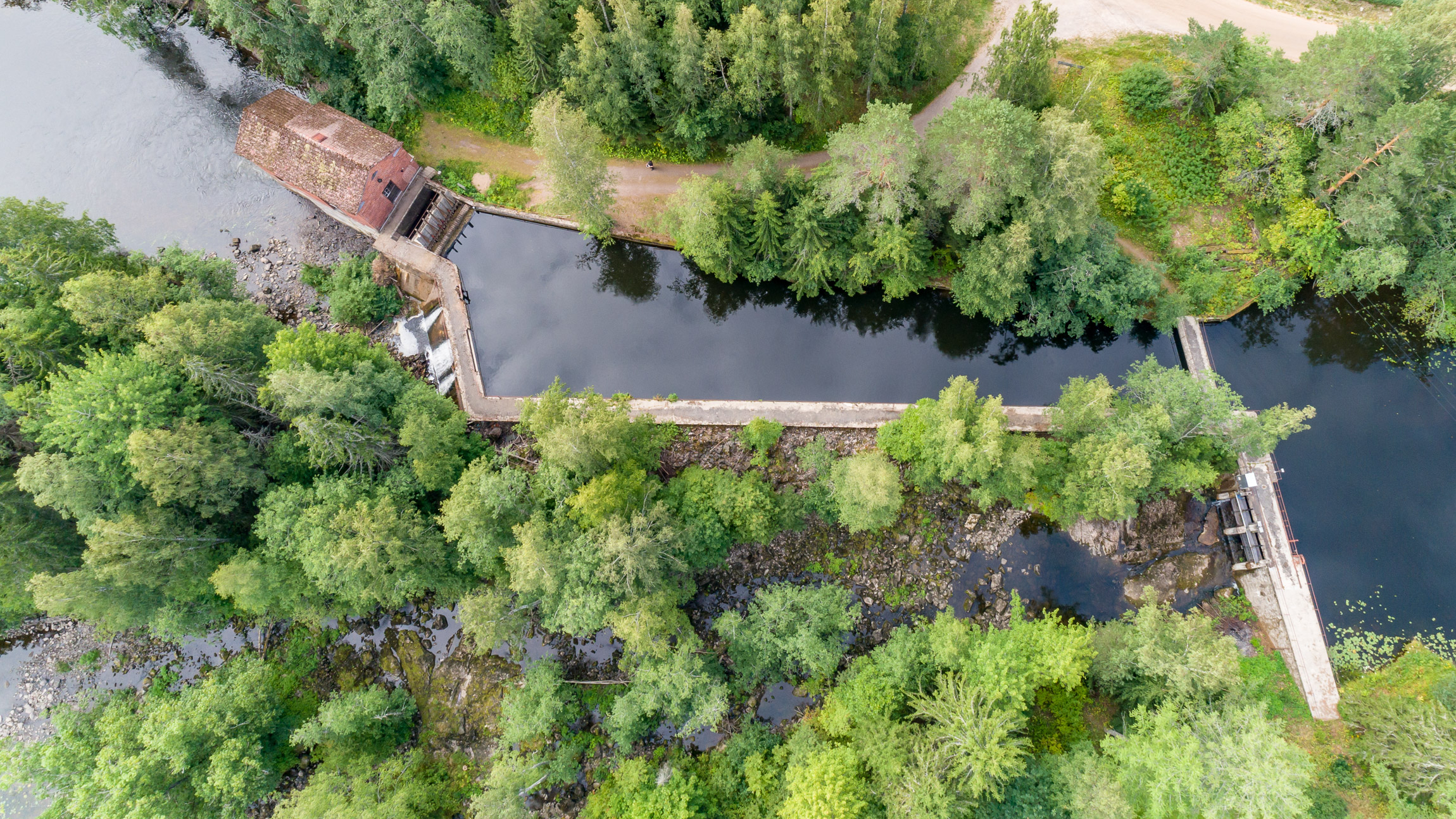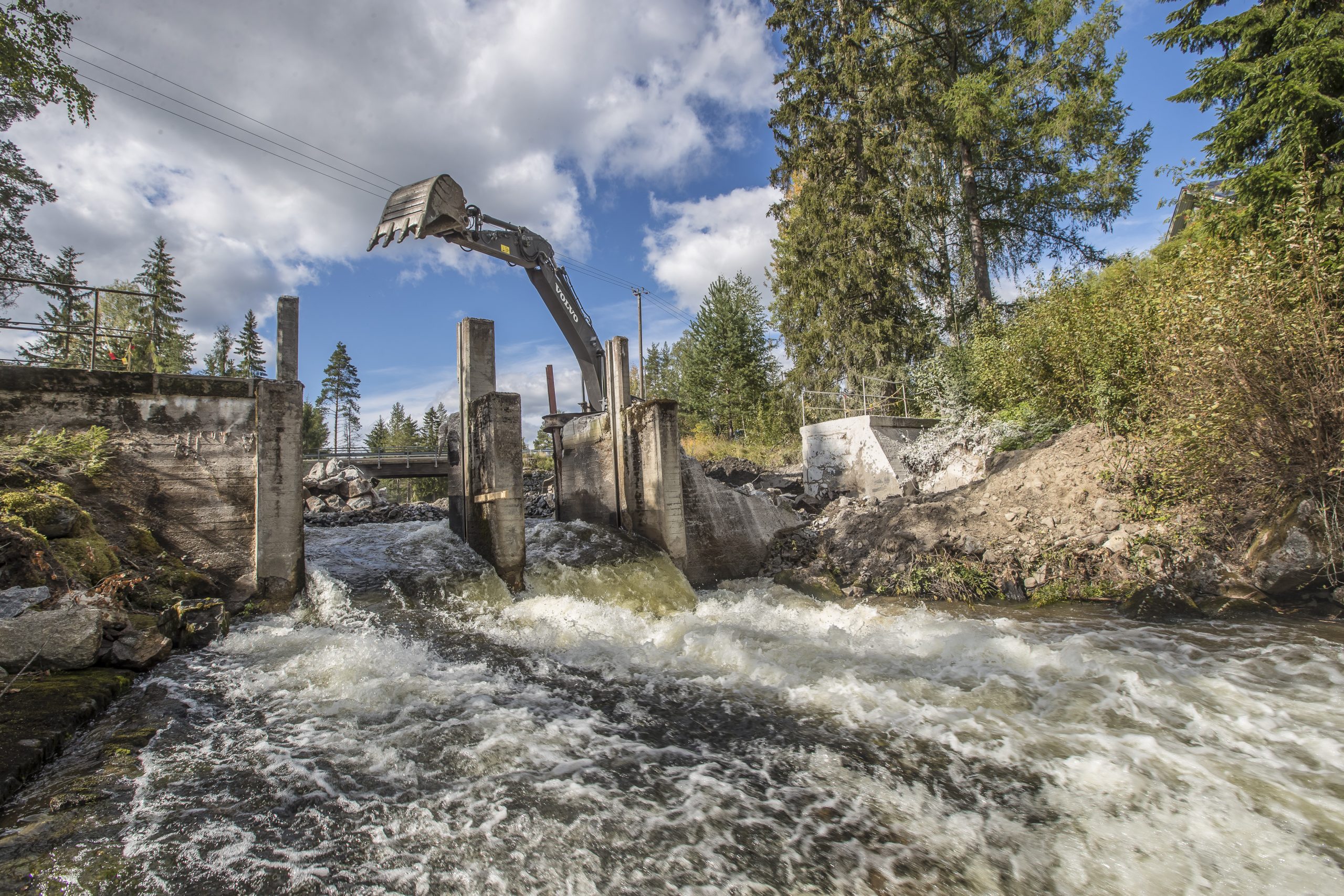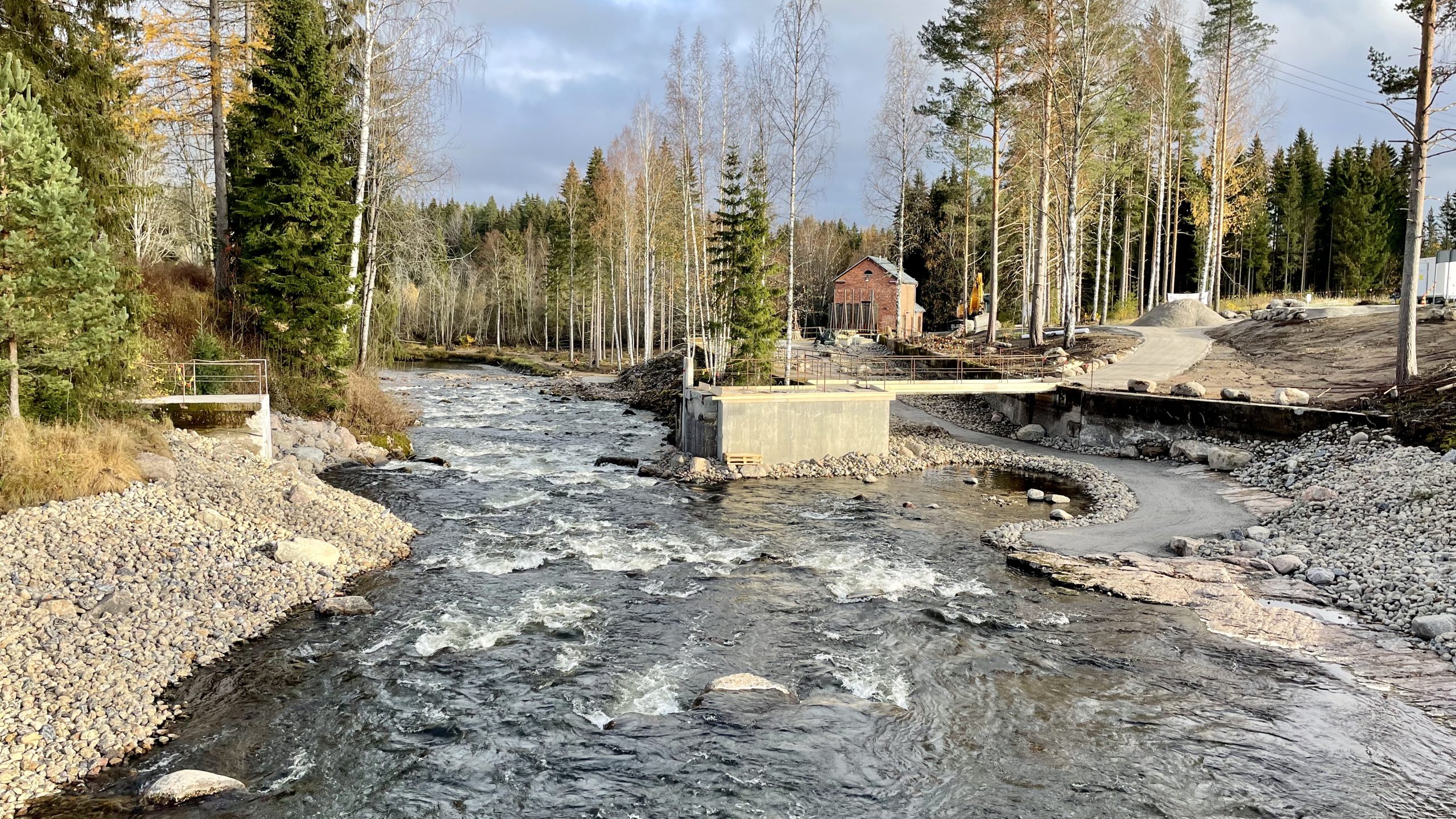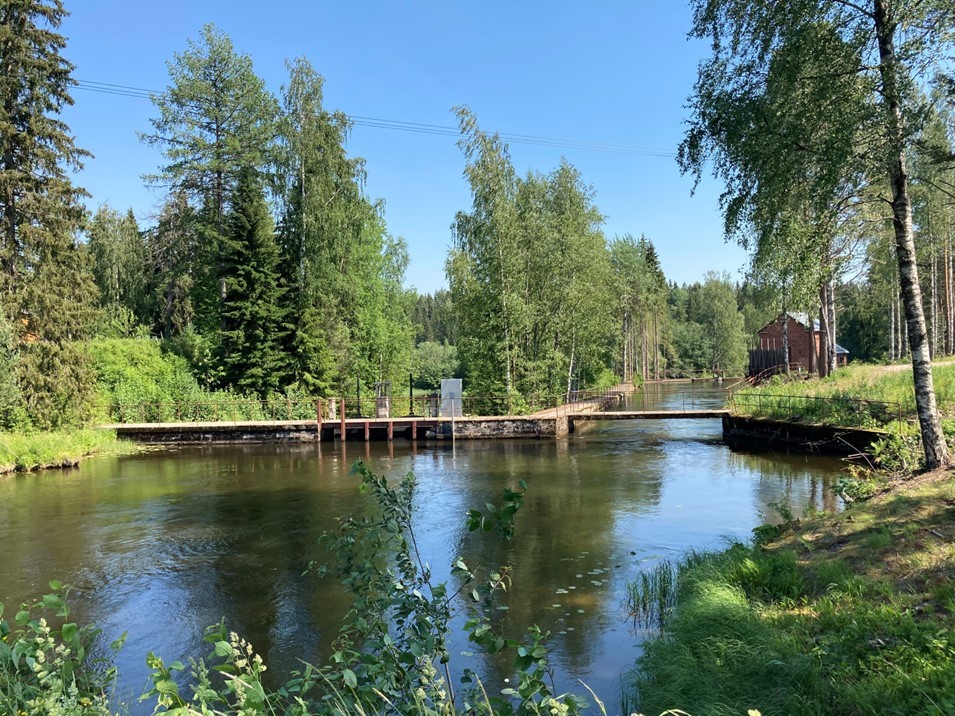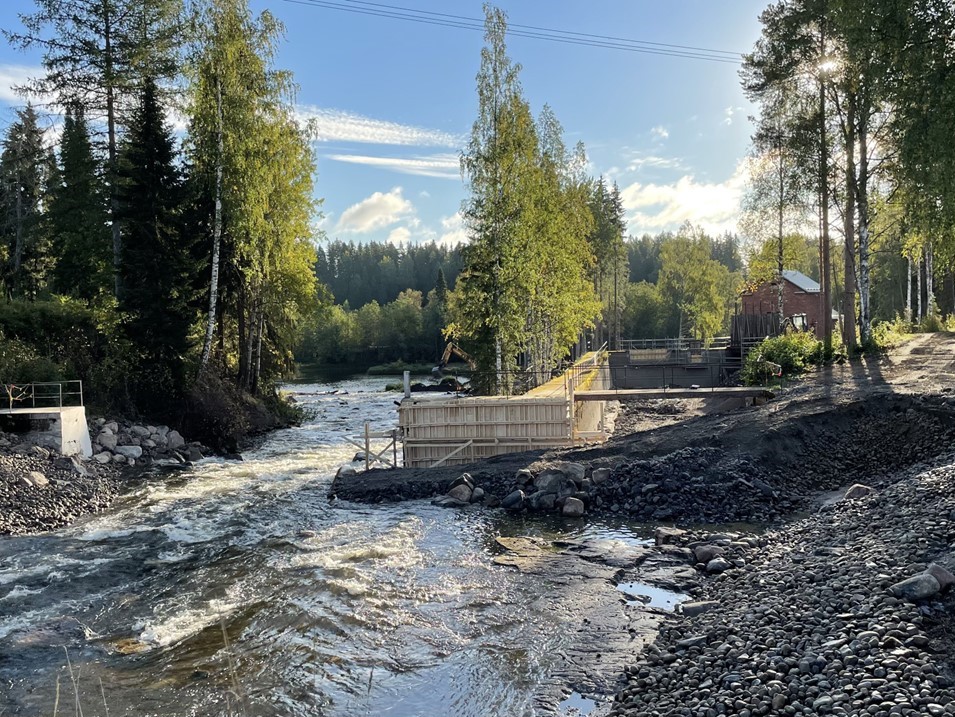The first step towards a free-flowing River Hiitolanjoki, the largest river restoration project in Finland
River Hiitolanjoki
River Hiitolanjoki is located in Rautjärvi, South Karelia in southeast Finland, runs to Russian Lake Ladoga and is of high ecological importance, since it inhabits Finland’s last remaining stock of original and fully natural landlocked salmon (Video 1). For over a century, the Finnish section of the river has been fragmented by three hydropower dams, the Kangaskoski, the Ritakoski and the Lahnasenkoski (Figure 1; Video 2).


